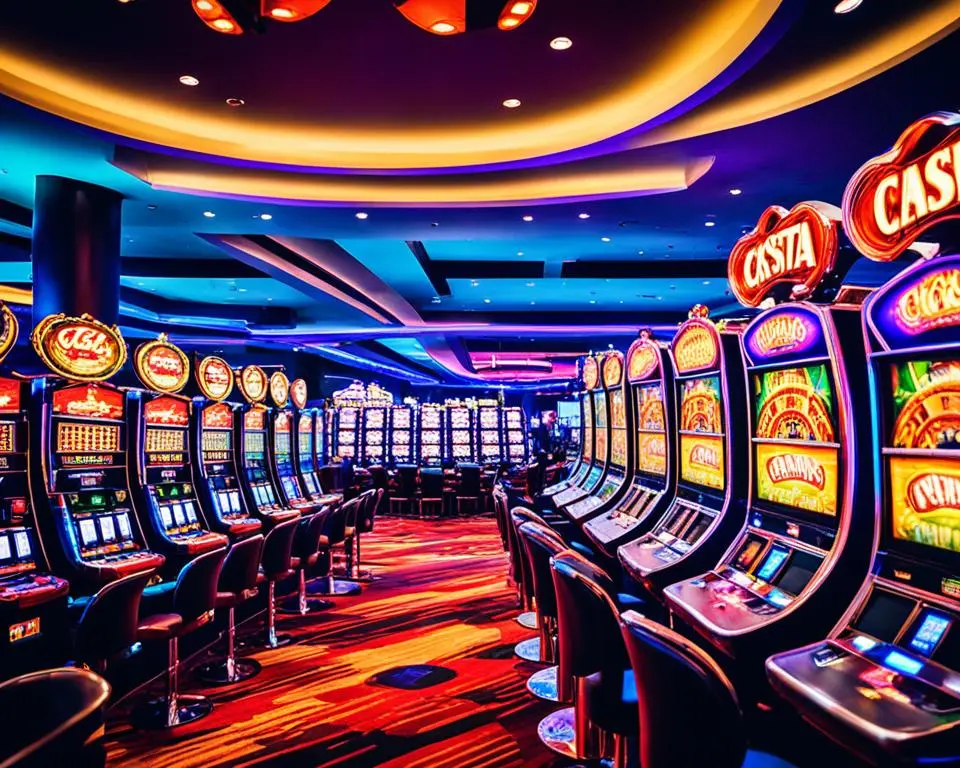The Origins and Transformations of Craps: A Historical Perspective
A number of historians theorize that the game of Craps started rampantly during the Roman era since soldiers are seen to have used dice knuckles by shaving them into cube shaped then developed it as a gambling game that included the act of tossing them onto the top of the shield or the bottom edge of the movable pitcher-like shield.
As for this practice, it is still not very clear whether it had some bearing on the creation of the Craps rules, but the fact that the term “rolling the bones” employed in Craps has been supposed to have originated from this activity is noteworthy.
A different popular belief states that the game of Craps had its origin from a game that was related to Hazard, which is the game that started in England. Sir William of Tyre and his fellow Crusaders established the game of Hazard around the 1125 A.D. near the Savage castle named Hazarth as a pastime while the siege was on
In Hazard, which is like Craps in the way, players would in turns play the roles of a casters, rolling two dice and predicting the result, which they then bet on. The game consists of rounds in which the spell revolves around the dice roll of the caster – as in the current version of the game.
During the English Middle Ages, the Hazard game started to be popular and had mentions even in Geoffrey Chaucer’s Canterbury Tales, the famous literary work. It grew to great popularity in the first English gambling clubs that arose in the last decades of 17th and early 18th centuries – amongst the aristocracy it is chosen particularly.
The scenario moved to France, where locals called it Crabs—a designation that bears the most unfavorable dice result. After that they eventually settled in Acadia what is now known as Canada and Maine where Acadia was a French colony.
Growing North American Popularity
In 1755, the English seized Acadia from the French and renamed this region Nova Scotia so that it could eventually become a home for French men and women that later became known as Cajuns. They migrated to the southern part of Louisiana and along with the game they were playing then known as Crebs or Creps.
A major milestone was reached when Bernard de Marigny, the second nobleman of New Orleans and the well-known gambler, arrived from London in 1805. Marigny came up with a more simplified version that focused on rolling a seven, acknowledging that it being the most likely outcome of the dice roll. Despite the initial resistance of the American upper class Marigny even transferred from the upper class to the working population instead.
During the next century, the game was primarily spread through workers playing on the Mississippi River’s navigable waterways. Craps being associated with the working class was a common scene for the streets and alleyways of the United States opposite to the usual casino setting.
Throughout this period, vying parties shortlisted the name as Craps, this further fueled heated debates as to whether Craps was derived from a distortion of the word Crebs or Crabs or it was a pun on the French word crapaud which means “toad” referring to the natives’ curbed posturing and awkward movements while playing on the street.
The Pioneer of Modern Craps
With expansion of Craps in American casinos the rules variations brought about differences, some unable to resist the manipulation of the dice-a majority of which ended up lowering the odds of the players to give the house an advantage.
In the year 1907, John H. Winn, a professional dice maker, who was one of the first to codify a full set of rules for craps, left his valuable mark on the game and these rules are still the most used rules set. In his efforts, he came up with improving the Craps table arrangement and the first bet of its kind which allowed a player to be able to wager against the shooter.
The casinos were the first to accept Winn’s version of the rules and made the game a lot more convenient. This way, the house edge was set to a particular percentage and the winning odds were always the same. This substitution did away with the necessity for manipulated dice in the fall of which the game’s reputation changed from being suspicious to trustworthy.
Through World War II and later, the Craps game even gained much attention from the soldiers, thus global recognition was formed and popularity was outspoken even beyond the working class in the US. Led by their respective Craps offerings, operators of casinos in Las Vegas and the Caribbean capitalized on this wave during the sixties. Then again, this phenomenon has been replicated in Europe’s centers, Australia and Asia.
Craps in the Modern Era
At this moment, Craps is still on the rise and a permanently indispensable fixture of all Casinos around the globe. The excitement lies in the joyful and communal environment the game develops, in which a player plays against the house and cheers for the success of the shooter in landing the tricky rolls.
Additionally, the game has seemingly conquered pop culture as well. The most memorable examples of the game of Craps in pop culture must include the enduring musical Guys and Dolls, in where Craps takes the center stage and a scene from the 1993 film A Bronx Tale where the character Eddie utters the iconic line “Baby needs new shoes” after rolling a 12, which cemented the connection between the game and the phrase.
Just as many real money casino games, Craps goes virtual and turns to online sites giving the gamblers the ability to play whenever and wherever they want, as well as to compete with other players.
Not limited to only that, Craps has made it through the creation of big tournaments with awesome prizes, for example, the World Championship of Craps (WCC) and the Craps Tournaments at Las Vegas Hilton that takes people from every corner of the Earth to participate.
Furthermore, the renowned Golden Arm club also gains momentum as Craps aficionados spend a lot of time in the casinos to attain the honor commended to those who get multiple shots of dice right for an hour and more. In 1989, Stanley Fujitake became the ın-ınıtıal title ınıseır of the seventy-seven hour-long show-case by remained rolling 118 times lasting three hours and six minutes at the Caesars Palace Casino which ıs reportedly cost the casino one million dollars. This record has endured since then, and as of May 28, 2009, Patricia DeMauro has rolled 154 times over a staggering four hours and eighteen minutes, at the Borgata Casino in Atlantic City.

















